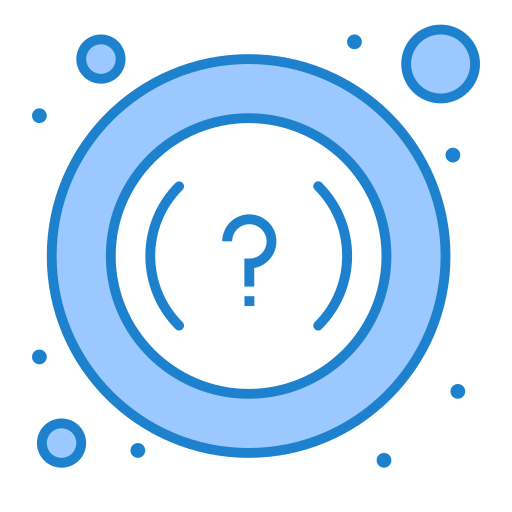
 Color psychology is the study of how colors affect perceptions and behaviors. In the context of sales proposal management, it involves strategically using colors to influence potential clients' emotions and decisions. This approach is based on the premise that different colors can evoke different feelings, associations, and actions, which can be crucial in persuasion and decision-making processes.
Color psychology is the study of how colors affect perceptions and behaviors. In the context of sales proposal management, it involves strategically using colors to influence potential clients' emotions and decisions. This approach is based on the premise that different colors can evoke different feelings, associations, and actions, which can be crucial in persuasion and decision-making processes.
For instance, the color blue is often associated with trust and dependability, which makes it a popular choice in business proposals.
Conversely, red can evoke a sense of urgency and can be used to highlight important elements that require immediate attention.

 Example 1: A technology company redesigned its sales proposal with a blue and grey color scheme, reflecting its core values of innovation and reliability. This led to a 20% increase in proposal acceptance rates, as the colors reinforced the company's branding and instilled a sense of trust.
Example 1: A technology company redesigned its sales proposal with a blue and grey color scheme, reflecting its core values of innovation and reliability. This led to a 20% increase in proposal acceptance rates, as the colors reinforced the company's branding and instilled a sense of trust.
Example 2: A marketing firm used red accents in its proposals to highlight urgent deadlines and special offers. This strategic use of red resulted in a higher conversion rate, as it created a sense of urgency among the clients.


Implementing color psychology in sales proposal management not only enhances the aesthetic appeal of your proposals but also strategically influences client perceptions and decision-making, leading to better conversion rates and client satisfaction.
Color psychology is the study of how colors affect perceptions and behaviors. In sales proposal management, understanding color psychology can help in designing proposals that are more effective in capturing attention and persuading potential clients.
Using color psychology in your sales proposals can enhance readability, draw attention to key areas, and evoke specific emotions that may influence a client's decision-making process. For example, using blue can convey trust and stability, while red might be used to create a sense of urgency.
Yes, certain colors tend to have specific effects. Blue is often associated with trust and dependability, making it a good choice for business proposals. Red can evoke urgency and excitement, while green is associated with growth and comfort. Choosing the right color depends on the message you want to convey to your audience.
Absolutely. The impact of color psychology can vary significantly across different industries. For instance, a financial services proposal might benefit from blue which evokes security and trust, whereas a health and wellness proposal might use more green to promote peace and growth.
You can learn more about color psychology by researching online articles, books, and studies focused on the impact of colors in marketing and psychology. Websites like the American Psychological Association and marketing blogs often feature relevant content. Additionally, APA's website provides resources that might help deepen your understanding of how colors can influence behavior and decision-making.